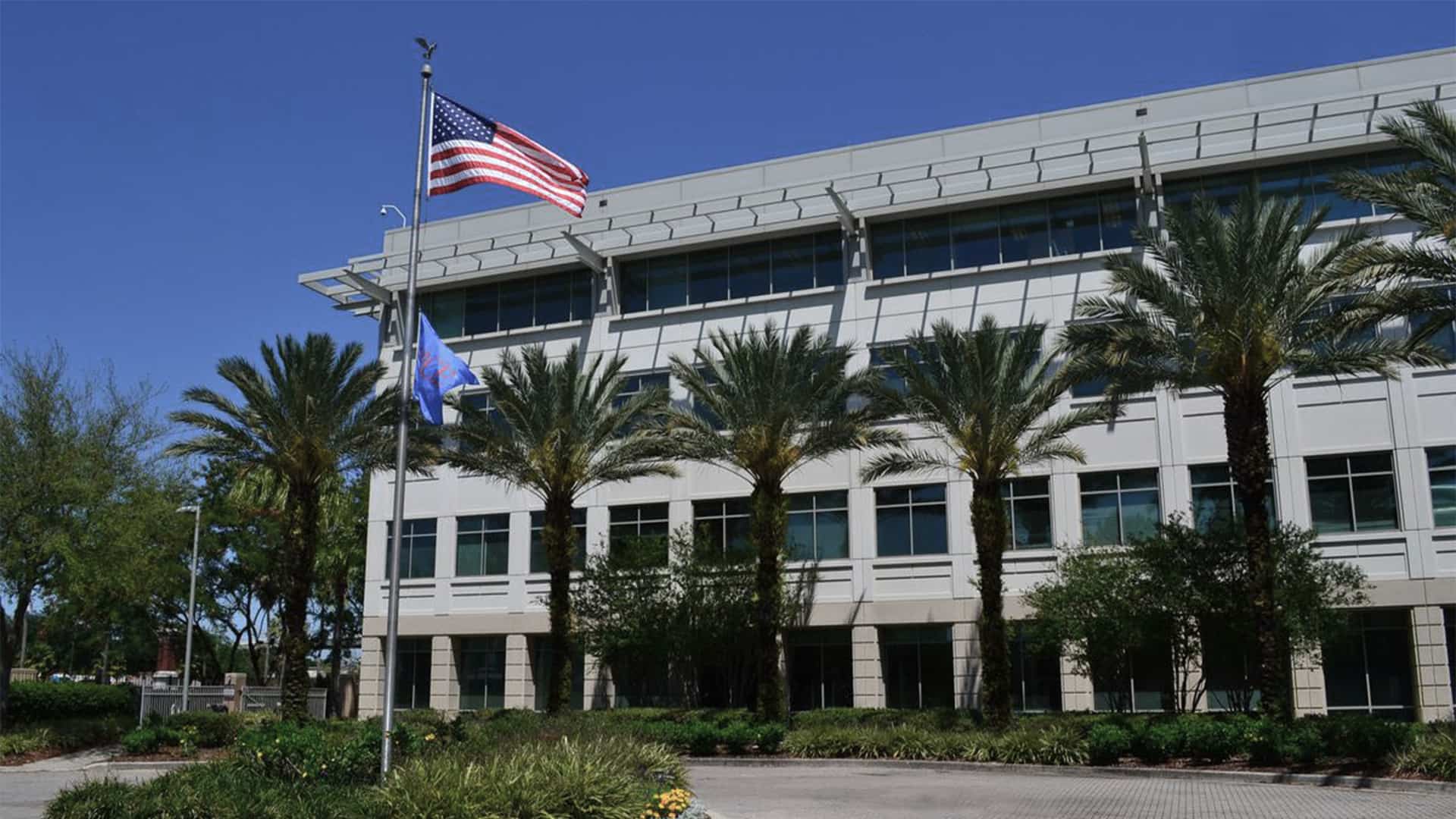Know
Remote work expert weighs in on post-pandemic office trends

Kforce (NASDAQ: KFRC), a Tampa-based professional staffing firm that generated $1.4 billion in gross revenue last year, knows a thing or two about trends that affect human resources and office culture. And thanks to a recent survey, it knows a lot more, particularly regarding the effects of the pandemic-drive shift to remote work that’s occurred over the past year.
According to Kforce’s survey of 1,500 job seekers across the country, only 10 percent of respondents said they would like to return to work full-time in an office. But simply working from home was not their primary reason for wanting to ditch cubicles. Rather, a desire to relocate — while keeping their jobs — is driving the enthusiasm for remote work.
When asked how likely they would be to relocate if given the opportunity to transition to fully remote work, 63 percent of respondents said they would be “very likely” to move. Similarly, “freedom of location” was cited as the top benefit of a remote work lifestyle.

Kforce Regional President Virgil Palumbo. Courtesy photo.
Kforce uses the term “remote resettling” to describe the wave of people picking up stakes and absconding for greener pastures while not having to leave their jobs.
“I hate to use this term,” Kforce Regional President Virg Palumbo told the Catalyst, “but we’re in unprecedented times. In terms of the workforce and where we’re at, coming out of the pandemic, and with our technology, we’ve never experienced this in history.”
Palumbo has been with Kforce for 21 years and has spent the bulk of that time in roles that require managing remote workers and teams. He said one of the keys to successfully navigating the new remote workplace culture is to realize that human nature has not and will never change.
“As humans,” he said, “we are social creatures. We want to be around each other. So you have to maintain your culture to thrive.”
Kforce Communications Director Kimberly Bird echoed that point, saying that the companies that successfully implement a remote or hybrid work model will be the ones that use technology to break down barriers. “Prior to the pandemic,” she told the Catalyst, “when you were working from home, you felt like you were working from home, especially when you were calling into a meeting. The goal of our company is for those in the office to feel fully connected with those at home and vice-versa.”
Kforce, it should be noted, recently sold its 130,000-square-foot Ybor City headquarters for $24 million and said it would seek a building with a smaller footprint. The company plans to shift to a hybrid office environment that will give employees the flexibility to split time between onsite and home/remote work.
“Regardless of whether you’re in the office or not,” Bird said, “our technology is going to make you feel like you’re there.”
That could prove to be crucial, at least in the short term, because according to another survey, 27 percent of workers nationwide aren’t OK with returning to the office, at all, until fall 2021 at the earliest.
Palumbo said a Kforce internal poll revealed that 80 percent of workers prefer some sort of hybrid arrangement in which they work two to three days per week in the office.
“They want that flexibility,” he said, “but I would say that one size doesn’t fit all.”
However, Palumbo said the company would strive for consistency in how its hybrid model is applied. That, in turn, will allow leadership to establish a “cadence” that should help individuals and teams adjust to the radical changes that are reshaping office culture as we know it.
“When you look at a leader,” Palumbo said, “he or she provides protection, they provide order and they provide direction. As a leader of people in a remote environment, you’ve got to be very deliberate in those approaches. The other big thing is leveraging checklists.” Leading a remote team, he added, “is like flying an airplane at night. You’ve got to use your instruments as well as your feel. You can’t just work off of your intuition. So as we went into this environment, we had to focus on intuition and intellect and where they intersect, and that’s judgment.”







